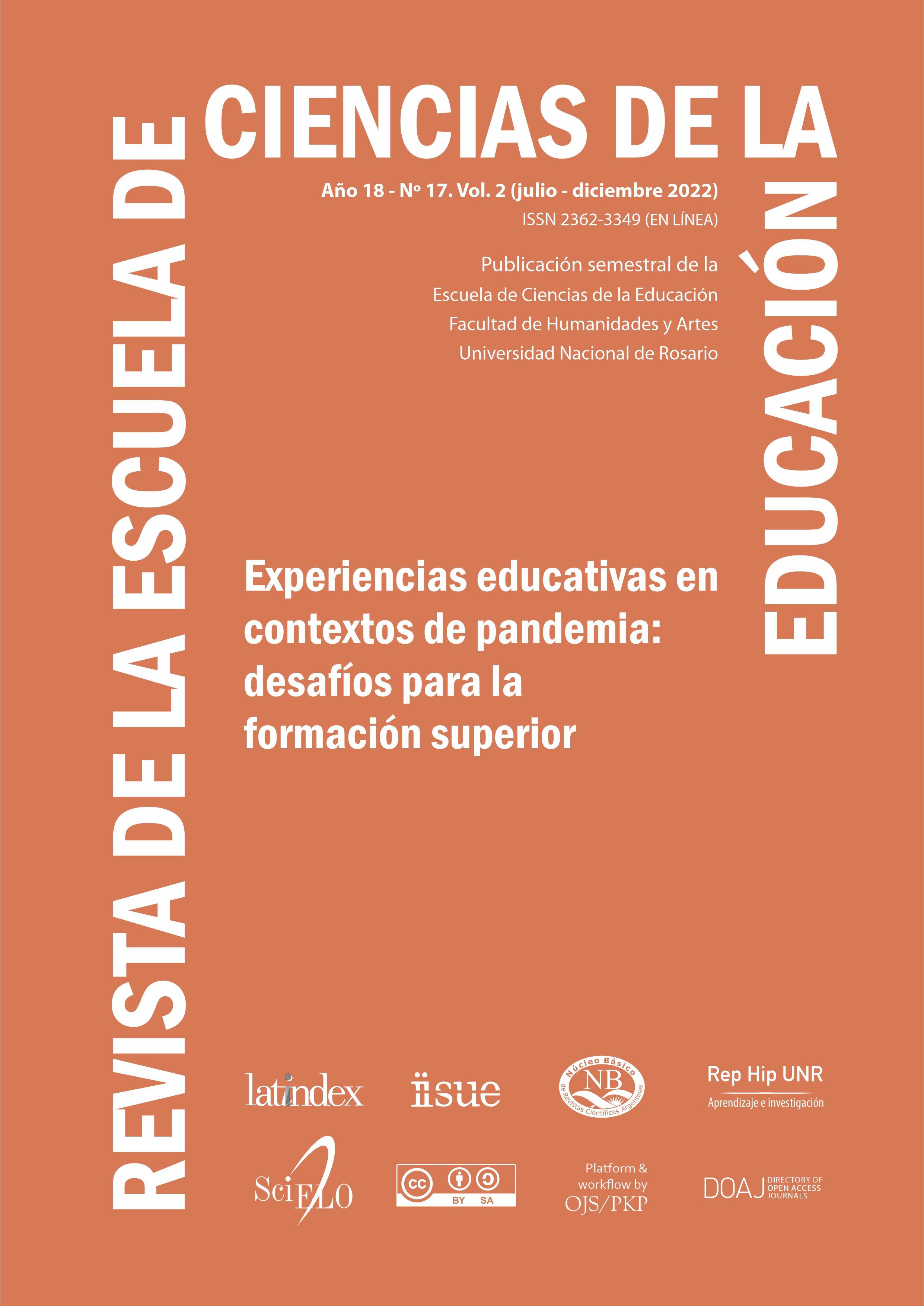Multiple intelligences in college
DOI:
https://doi.org/10.35305/rece.v2i17.735Keywords:
Multiple Intelligences, Higher Education, University, Social Development, Personal RealizationAbstract
Multiple intelligences are widely used in Higher Education and are based on in-depth research carried out by the North American psychologist Howard Gardner, who studied the development of intelligences mainly in children and published the books: Structure of the mind in 1983, The mind does not school in 1991, Multiple Intelligences in 1995 and Intelligence reformulated in 1999. The challenge of this research was to contribute to the analysis of university practices and the improvement of Higher Education in the country, from the applicability of multiple intelligences by university students. The study has a mixed approach and uses Bibliographic, Descriptive and Field research to, using the interview and survey, generate statistical data that give answers to problems raised in the following questions: how do multiple intelligences apply in university practice Ecuadorian? And how do multiple intelligences contribute to the dynamism and development of future professionals? Based on the evaluation of the eight multiple intelligences proposed by Gardner (Linguistic, Musical, Spatial, Logical-Mathematical, Kinesthetic - Corporal, Interpersonal, Intrapersonal and Naturalistic Intelligence) and the binding analysis of university student practices, it was concluded that they they are closely related to academic training and, to a large extent, professional success depends on their empowerment in Higher Education.
Downloads
References
Armstrong, T. (1994). Inteligencias múltiples en el aula. Atlantic Books.
Armstrong, T. (2017). Inteligencias Múltiples en el Aula. Guía práctica para educadores. Paidós.
Baş, G. y Beyhab, Ö. (2010). Effects of multiple intelligences supported project based learning on students, achievement levels and attitudes towards English lesson. International Electronic Journal of Elementary Education, 2(3), 365-386. https://files.eric.ed.gov/ fulltext/EJ1052017.pdf
Castelló, A. & Cano, M. (2011). Inteligencia interpersonal: conceptos clave. Revista Electrónica Interuniversitaria de Formación del Profesorado REIFOP, 14(3), pp. 23-35. https://www.redalyc.org/pdf/2170/217022109002.pdf
Castorina, J. (2016). Piaget-Vigotsky: contribuciones para replantear el debate. 1ra. ed. Paidós.
Davini, M. C. (2016). La Formación de la Práctica Docente. Paidós.
Emprende Futuro. (Productor). (2012). Redes 114 Inteligencias Múltiples a Inteligencia Personalizada. [YouTube] De: https://youtu.be/5dT2rMoVAXk
Montúfar Flores, M.A., Quenán Chaspuengal, G.Y. y Acosta Morillo, J.L. Inteligencias múltiples en la universidad. 247
Freedman, R. (2015). Enhanced possibilities for teaching and learning: A whole school approach to incorporating multiple intelligences and differentiated instruction (Master of Teaching Research Projects). University of Toronto https://tspace.library.utoronto.ca/bitstream/1807/68677/1/Freedman_Re becca_H_201506_MT_MTRP.pdf
Gardner, H. (1998). A Reply to Perry D. Klein's 'Multiplying the problems of intelligence by eight. Canadian Journal of Education 23(1), 96–102.
Gardner, H. (1999). Inteligencias Múltiples. Editorial Nomos, S.A.
Gardner, H. (2001). Estructuras de la mente. Basic Books. https://utecno.files.wordpress.com/2014/07/howard_gardner_-
_estructuras_de_la_mente.pdf
González, L. et al. (2013). Estimación de la inteligencia interpersonal e intrapersonal según el género y la ubicación geográfica. Psicogente, 16(30), 368-378.
Mercadé, A. (2012). Los 8 tipos de Inteligencia según Howard Gardner: la teoría de las inteligencias múltiples. Transición a la Vida Adulta y Activa, 3-6.
Nosnik, A. (2013). La teoría de la Comunicación productiva: exploraciones más allá de la retroalimentación. Homo Sapiens Ediciones.
Rodrigo S. (2018). El poder de la educación. Editorial Dunken.
Scarr, S. (1985). An authors frame of mind [Review of Frames of mind: The theory of multiple intelligences]. New Ideas in Psychology 3(1), 95–100.
Triglia, A.; Regader, B. y García-Allen, J. (2018). ¿Qué es la inteligencia? Del CI a las inteligencias múltiples. EMSE Publishing.
Villatoro, A. B. (2016). La Teoría de las Inteligencias Múltiples. Universidad de Salamanca. http://bioinformatica.uab.cat/base/documents/genetica_gen/portfolio/La%20teor%C3%ADa%20de%20las%20Inteligencias%20m%C3%BAltiples%202016_5_25P23_3_27.pdf
Vygotsky, L. (2016). Pensamiento y Lenguaje. Paidós.
Published
How to Cite
Issue
Section
License
Copyright (c) 2022 Revista de la Escuela de Ciencias de la Educación

This work is licensed under a Creative Commons Attribution-NonCommercial-ShareAlike 4.0 International License.










 La obra de forma simultánea bajo
La obra de forma simultánea bajo 